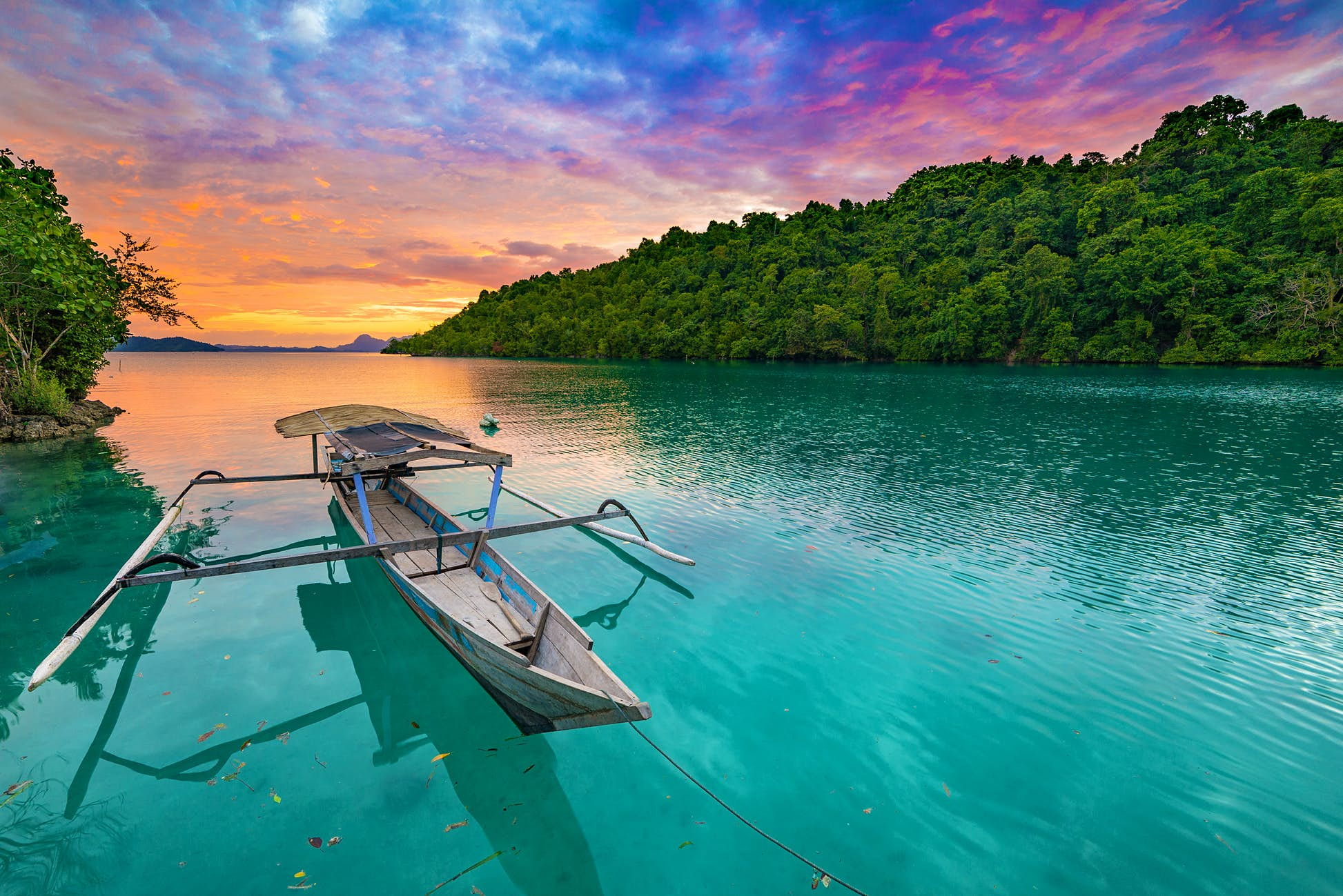
Idyllic Maldives set to reopen to international travelers
TripFalcon June 25, 2020
Last Update: 2020-06-25 10:26:46The idyllic Maldives is reopening its resorts, liveaboards and hotels on uninhabited islands to visitors from outside the country from 15 July. Guest houses and hotels on inhabited islands will have to wait two weeks longer, until 1 August.
Although rumours swirled about travellers being required to pay an additional fee or stay for a minimum amount of time, these stipulations were not included in President Ibrahim Mohamed Solih recent reopening announcement. Visitors are also not required to have a certificate or negative COVID-19 test for entry, but they must wear masks and complete a health card on arrival. If passengers are exhibiting any coronavirus symptoms, they are required to have a test at their own expense. Local health authorities also say that they will conduct tests at random.
Travelers to the Maldives do not have to quarantine, but accommodation must be booked in advance at a government-registered property, and during the first phase of reopening, tourists must spend their entire time in the country in one establishment.

A small boat on still water during sunset at the Togian Islands. ©Fabio Lamanna/Shutterstock
Tourism is the biggest economic driver in the Maldives, an archipelago of nearly 1200 islands in the Indian Ocean, where a third of men and a quarter of women work in tourism-related jobs. Known for its luxurious resorts that occupy their own islands, the Maldives is a popular destination with honeymooners and those seeking seclusion, which is bound to make it a popular post-pandemic choice.
The Maldives’ borders were closed in March, and tourist visas were suspended for the first time in 47 years, trapping hundreds of travellers on the islands. The government stepped in to help visitors who couldn’t afford to stay in the resorts, where prices can start at US$750 per night. Eight coronavirus deaths have been recorded.

